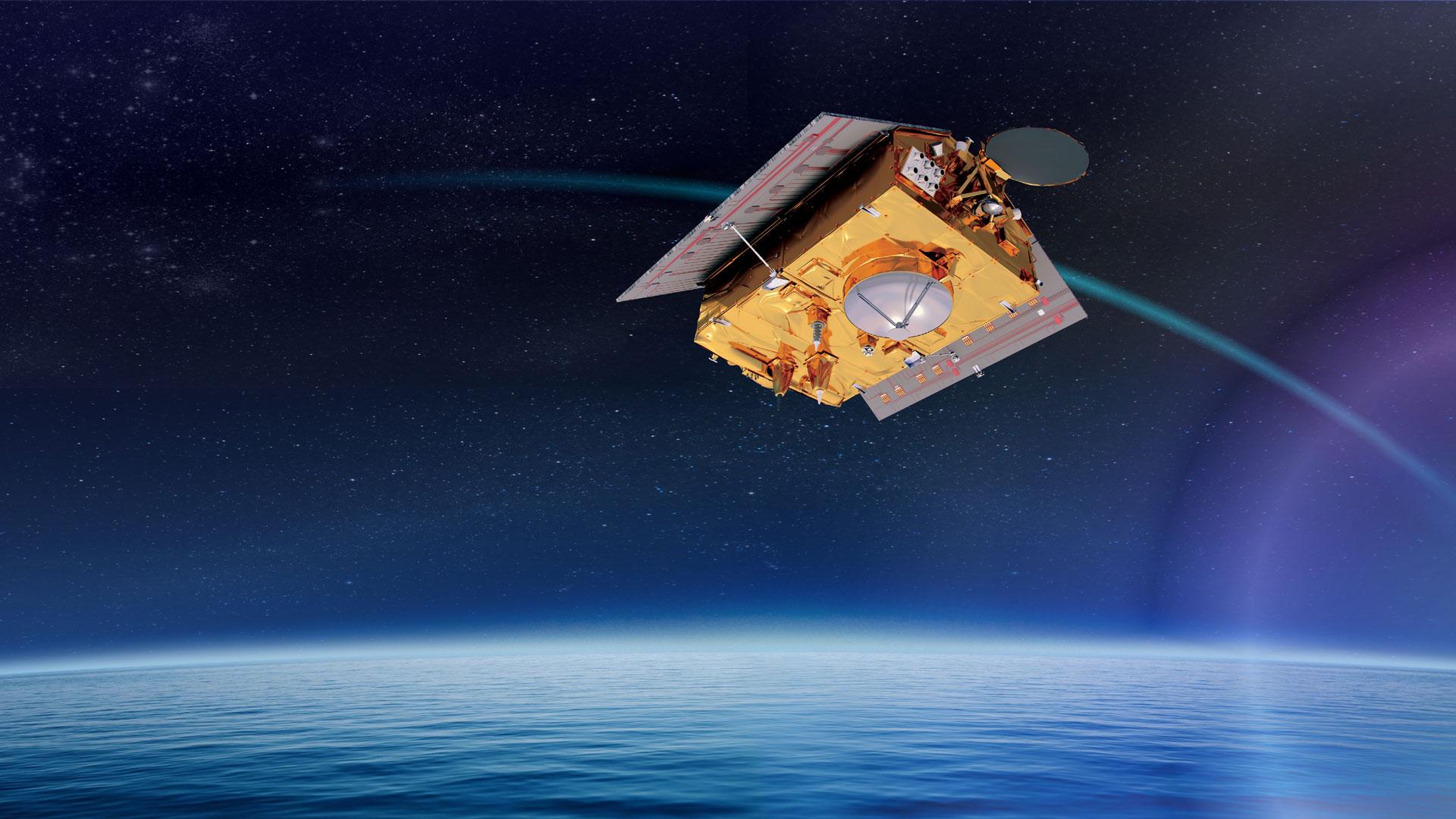
EUMETSAT takes control of Sentinel-6 Michael Freilich
EUMETSAT to operate crucial ocean-monitoring satellite


Three days after the launch of Sentinel-6 Michael Freilich from California, ESOC, ESA’s space Operations Centre, handed over flight operations of the Copernicus ocean-monitoring satellite to EUMETSAT.
05 November 2024
24 November 2020
ESOC started the launch and early operations phase immediately after the satellite separated from the launcher on 21 November and concluded it on 24 November. This phase included activation and verification of all functions of the platform and performing the manoeuvres needed to transfer the spacecraft towards its operational orbit.
ESA’s Director of Operations Rolf Densing said he was extremely proud of the hard work and dedication of everyone at ESOC who supported this important international mission.
“It takes a well-trained and led ‘team of teams’ to successfully catch the first signals from a newly launched mission, establishing control when time and margins are critical,” Densing said.
EUMETSAT took over flight operations at its mission control centre in Darmstadt on 24 November, as Sentinel-6 Michael Freilich was drifting towards Jason-3, the current operational high-precision ocean altimetry mission, EUMETSAT’s Sentinel-6 Flight Operations Manager Gareth Williams said.
With Sentinel-3A and Sentinel-3B, this is the third Copernicus ocean-monitoring satellite operated by the organisation on behalf of the European Union.
“We will stop the drift of Sentinel-6 Michael Freilich and keep it flying 30 seconds behind Jason-3 on the same orbit to allow for cross calibration of the data from their instruments,” Williams said. “This will ensure the seamless continuity of a unique sea level record.
“We will also switch on all instruments, acquire and pre-process first mission data and share them with ESA and NASA for evaluation, leading to the completion of satellite in-orbit commissioning in January.”
EUMETSAT’s Sentinel-6 System Commissioning Manager Conrad Jackson said that, in parallel, the organisation would work with ESA, NASA, NOAA, CNES and scientists from Europe and the United States to calibrate the products and validate the end-to-end Sentinel-6 system.
“This will be achieved in June, with release to all users of near-real-time products equivalent to those of those of Jason-3.”
Another six months will be necessary to validate and release the highest accuracy sea level products used for climate monitoring. Then, Copernicus Sentinel-6 Michael Freilich will replace Jason-3 as the reference high-precision ocean altimetry mission, Jackson said.
The partners of the Copernicus Sentinel-6 mission are the European Commission, ESA, EUMETSAT, NASA and the United States’ National Oceanic and Atmospheric Administration (NOAA), with support from the French Space Agency (CNES).